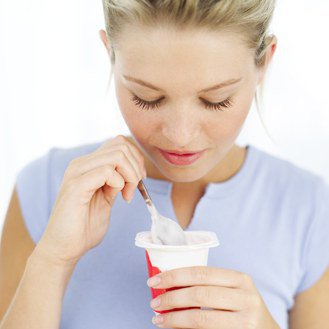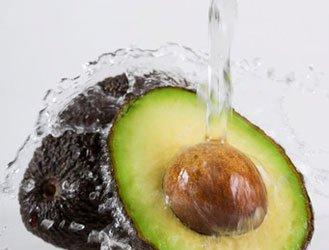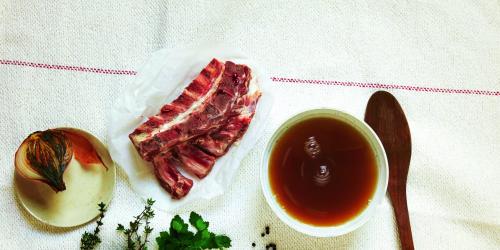Lighting products: which composition?
Lightened products: which composition?
Low calorie foods: Who are they?
Do light and light products make you lose weight?
Light and Lightened Products: A Little History
It all started in the 1960s when skim milk and 0% dairy products made their appearance on the market. But it was in the 80s, the lights and light products are in full swing. From biscuits to prepared dishes to chocolate , almost all foods are displayed in light version.
In the 2000s , studies show that the consumption of light products is accompanied in parallel by a rise in the rate of obesity . In March 2009 , a study conducted by Cegma Topo , reveals that 42.2% of French consider that these products are "to exclude, avoid or consume only occasionally" .
Lighting products: which composition?
The term "light" does not necessarily mean a lighter product. It is the composition that differs without the product being less caloric. Light chocolate , for example, is less rich in carbohydrates but sometimes richer in fat . It is important to note that the term "light" unlike the term "light" is not regulated .
On the other hand, light products, otherwise known as "sugar-free", contain aspartame in large quantities. Researchers in the United States have noted adverse effects caused by the consumption of aspartame. Indeed, it would cause or worsen certain diseases such as: Alzheimer's disease, Parkinson's disease , brain tumors , etc. However, the consumption of aspartame would present a real danger only if the daily dose exceeds 2400 mg per day for a woman of 60 kilos. Doses that are very difficult to achieve when you know that a can of soda ligh t contains at most 80 mg of aspartame .
Nevertheless, in the face of ongoing controversy, the European Commission will re-evaluate the acceptable daily intake as early as next September . Case to follow ...
Lightened products: which composition?
Diet products are traditional products such as sauces, ready meals or dairy products whose caloric value was diminished by their sugar content and fat was reduced. Unlike light products, they are obliged to mention the percentage reduction on their labeling .
The means used to lighten the products are:
_ Increase the percentage of meat to that of fat, for sausages for example.
_ Replace some of the fat with starches, fiber, or vegetable protein , which is commonly used for cold cuts.
_ Addition of water for butter and margarine
_ The expansion : it is an addition of air . This technique is used for deli meats , ice creams and chocolate mousse .
As for the lightening of the sugar content , it is often the intense sweeteners which are used because they have a strong sweetening power .
Low calorie foods: Who are they?
Vegetables, fresh fruits and lean proteins are foods that are low in calories . Salads , celery, cauliflower , broccoli , asparagus and spinach are very low in calories . Indeed, a leaf of lettuce has only one calorie and a broccoli in foil has only 3 calories .
As for the potato , often considered caloric , contains less than 100 calories when cooked .
Fill up on fresh fruit! Many of them are low in calories , like strawberries and melon which contain only 4 calories per berry and 24 calories for 1/8 of melon .
Lean proteins such as turkey breast, chicken breast , fish fillet , shellfish or tuna contain about 35 calories and are real slimming allies .
You can also eat salmon , swordfish , lean beef , lamb or low-fat cheese .
Do light and light products make you lose weight?
The answer is no . Despite all the lights and light products that have invaded our overweight problems rays and food addictions are increasing. According to Dr. Cohen , the body does not recognize lightened products and the body therefore has a tendency to ask for more, result: one grows !
Light and light products can be a help when you watch your diet and you want to lose weight. However, by themselves they do not allow to lose weight . Integrate them into a balanced diet and keep your usual rations . However, check their composition.
In contrast, low-calorie foods such as fruits , vegetables and lean proteins are essential foods when you want to lose or maintain your weight. So to your plates!




